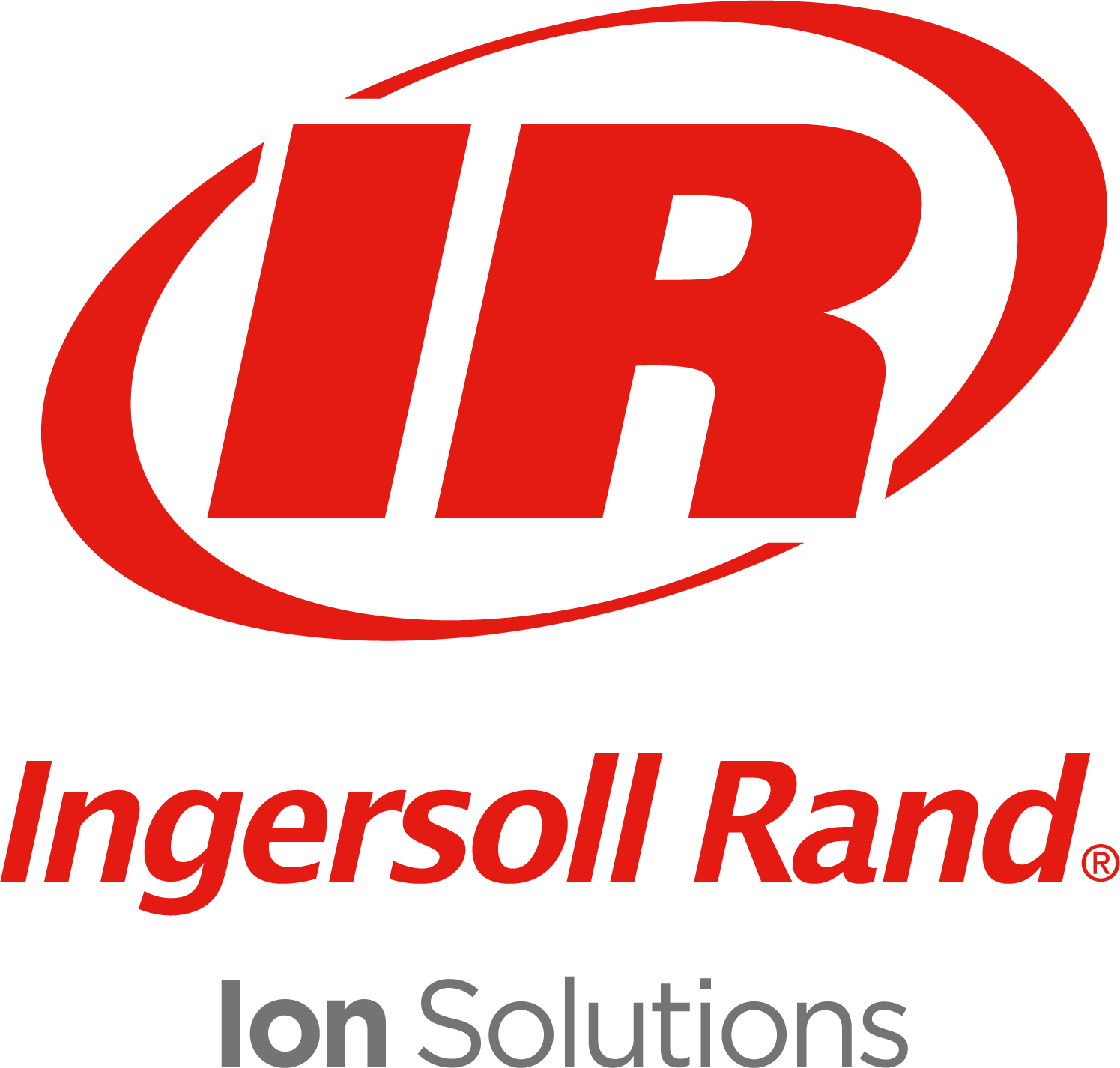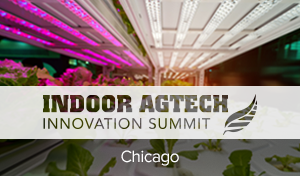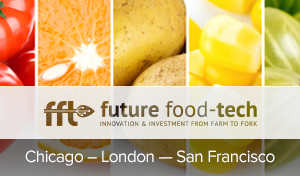Emrah Ercan, Executive General Manager at Ingersoll Rand speaks to Indoor AgTech about driving greater energy efficiency, rising energy prices and key technologies the company has introduced for indoor grown produce.

How can we drive greater energy efficiency across indoor farming?
The dominant agricultural model we inherited from the 1960s Green Revolution, with its emphasis on heavy use of chemicals, energy, and capital, cannot meet the challenges of sustainable food production. We must look at the entire process from seed to harvest and focus on three main lenses:
- Electronification
- Precision Control
- Circular Solutions
Artificial lighting and climate control systems are growing more efficient and economical in accordance with Haitz’s and Moore’s laws. However, a focus on electronification is required to challenge current disinfection and oxygenation technologies which have negative environmental impacts and are not sustainable. We are very excited about electronically driven in situ technologies such as Ion Solutions, which we will reveal next month at Cultivate.
Precision control combined with artificial intelligence and machine learning will continue to optimize energy efficiency in various parts of the CEA value chain, transforming the industry into Autonomous Controlled Environment Agriculture with multi-factor optimization. We believe that IIOT-enabled products coupled with advanced automation will accelerate precision control. Our strategy is to leverage smart and connected products and controllers in our portfolio to play our part as Ingersoll Rand.
Lastly, circular solutions. I believe this is about more than the sustainable use and reuse of resources. Circular solutions also require a change in business practices and behaviors. At Ingersoll Rand, we invest in developing closed-loop systems – whether it is circulated air or water. Our goal is to eliminate waste and use any resources to their full potential throughout their lifecycle.
Ultimately, as we move toward renewable energy sources, we will see better yields per kwh by applying three lenses to value chain. Private investment in renewable energy will continue to accelerate green energy transformation and ultimately electronically driven, precisely controlled, circular solutions will drive greater energy efficiency across indoor farming.
 Rising energy prices continue to dominate headlines around the world, how will this effect vertical farming operators?
Rising energy prices continue to dominate headlines around the world, how will this effect vertical farming operators?
It is important to quantify the energy consumption of vertical farms in a lifecycle analysis form for a deeper understanding and calculation of the net emissions generated or saved, compressing the supply chain to provide point-of-use food, eliminate weather-related food losses, etc. We should also make it clear that vertical farming is not a silver bullet and identify where it makes commercial sense and provides food security. Ultimately, policymakers will need to balance immediate needs for fruits and vegetables (food security) against the longer-term desires to improve the carbon footprint of vertical farms (sustainability). Although farmers with small-sized operations in high-energy cost geographies will be affected, government incentives, overall decreases in operating and capital expenses will continue to support the viability of vertical farming operations.
As of today, the need for change in food value chains is even more pressing as the current commodity crisis and the war in Ukraine are adding more stress to food security globally. In big countries such as the United States, some crops waste half of their shelf life traveling to reach end users, and we lose 10 to 20 percent during transit. Some island countries such as Singapore only allocate 1 to 2 percent of their land for agriculture while others like the United Kingdom are able to allocate 80 percent. Vertical farming will continue to be a vital solution.
Vertical farming has a significant energy input requirement so that LED lighting, HVAC and other parts of the system can function. A more important concern is the availability of a relatively cheap energy source. So, farmers will look into energy efficiency and also government and policy support to fill the critical gaps in the food network.
What are some of the key innovations that Ingersoll Rand has introduced for indoor grown produce?
Ingersoll Rand has a great portfolio of smart technologies and essential products for liquid handling and air management.
- Our Maximus Controllers are industry-leading facility management solutions for agricultural operations control. https://www.maximus-solution.com/en-us/solutions/greenhouse-management
- Our Dosatron pumps are global leaders in water-powered pumps. Dosatron is a great example of how we are tackling energy efficiency in water handling. https://www.dosatron.com/en-us/irrigation
- Ion Solutions is an energy-efficient and chemical-free alternative to traditional disinfection and oxygenation technology for treating irrigation water. It is the first system to apply cold plasma technology to boost plant health and yield sizes in indoor growing facilities. https://www.ingersollrand.com/ion-solutions
What connections are important for you to make at the Indoor AgTech Innovation Summit, and how does connection and partnership benefit your own organisation and the industry at large?
We are looking to play our part in the sustainability and profitability of the agriculture industry, especially making indoor growing a success. We believe our technologies are important pieces of the complex puzzle, and we look forward to learning together as a whole industry. Since this is an ecosystem play, we are looking for system integrators and all sizes of growers who can benefit from our technologies. We are especially excited to change paradigm with the Ion Solutions product line. We are always in the learning mode, so progressive growers and researchers are key partners within our ecosystem, and we would like to get to know them as well.
Emrah will take the stage to discuss ‘Driving Profitability and Sustainability through Greater Energy Efficiency’ on Thursday June 23 at 11.30am EST.
For more details about Ingersoll Rand, follow them on LinkedIn.

 CLOSE
CLOSE







